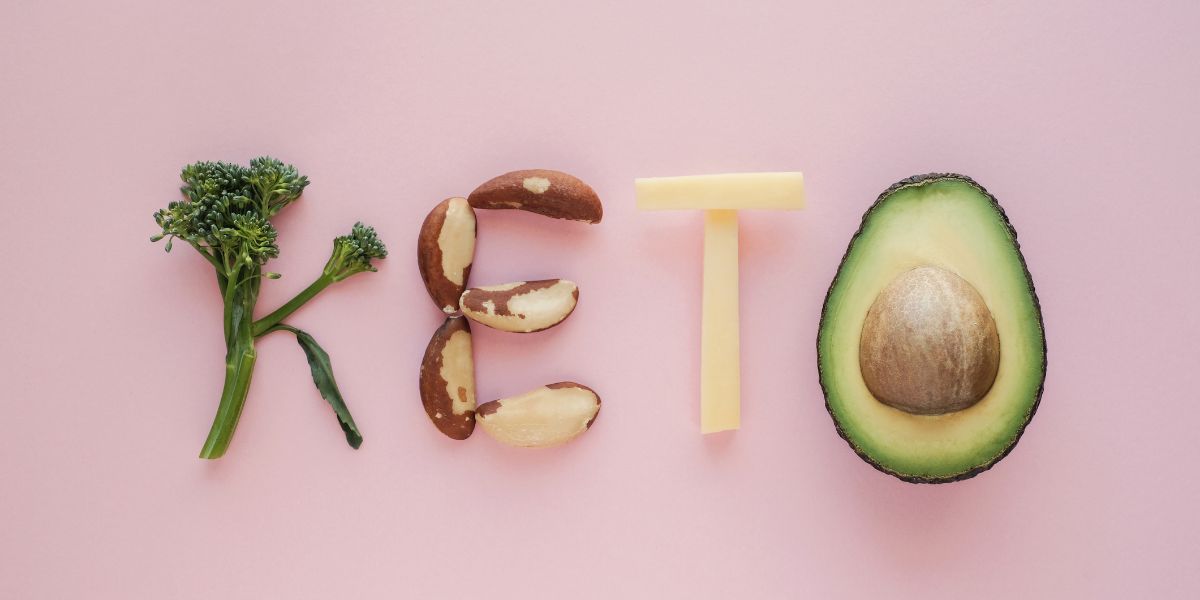Ketosis is a natural state the body finds itself in when it is using fat as its main fuel. This occurs when following a very low carb, ketogenic diet , and often during intermittent fasting too.
Ketosis can be beneficial for a number of people but there are certain groups, such as people with type 1 diabetes, that need to be more careful. In these groups, very high ketone levels would lead to diabetic ketoacidosis , a dangerous situation caused by a lack of sufficient insulin.
What is nutritional ketosis?
Ketosis is a state the body goes into if it needs to break down body fat for energy. The state is marked by raised levels of ketones in the blood which can be used by the body as fuel.
Ketones which are not used for fuel are excreted out of the body via the kidneys and the urine.
Is ketosis the same as ketoacidosis?
Nutritional ketosis occurs when there is not enough carbohydrate in the diet to meet the body’s energy requirements. In this situation, the body switches over from burning sugar to burning fat as its main fuel.
Fat, whether from the diet or the body’s stores, is broken down into ketones in the liver. These ketones are an efficient energy source for many organs, particularly the brain.
Everyone has ketones in their blood at very low levels, under normal conditions. When the body enters ketosis, and so switches to burning mostly fat, levels of ketones in the blood increase.
Groups at greater risk of ketoacidosis
Some people are at risk of ketoacidosis.
Groups at risk of ketoacidosis include, but is not limited to, people with:
- Type 1 diabetes
- Cystic fibrosis-related diabetes
- Pancreatectomy
- Type 2 diabetes with very little pancreatic function
It is possible, and can be beneficial, for people in these groups to follow a ketogenic lifestyle. However, it is important that your doctor is aware of your intention before you start.
Your health team can help you with regard to how best to monitor for ketones and prevent ketoacidosis occurring.
Ketosis vs ketoacidosis
Whereas ketosis is an important natural state allowing the body to run on fat for energy, diabetic ketoacidosis (DKA) is a dangerous and potentially fatal condition.
DKA occurs during situations of ‘internal starvation’ mainly in people with type 1 diabetes, when not enough insulin has been administered.
In this case, the body does not have enough insulin to allow blood glucose into cells. The body believes it is starving and so breaks down fat and protein into ketones at an alarming rate, far above what is seen in nutritional ketosis.
In most cases, ketoacidosis develops when there are both high ketone levels and high blood glucose.
Benefits of nutritional ketosis
In most people nutritional ketosis is beneficial.
Regularly achieving nutritional ketosis has been linked with improvements in:
- Weight loss
- Blood glucose control in diabetes
- Epilepsy
- Overall metabolic health
Research also suggests that nutritional ketosis may have benefits for people with Parkinson’s disease, Alzheimer’s disease and may help to reduce the chance of developing certain forms of cancer.
Measuring ketones
Ketone levels between 0.5 and 3 mmol/L are considered nutritional ketosis. Ketones are measurable in a number of ways, including blood monitors, breathalysers and urine testing strips. Of these, urine strips are the least effective, as they only measure the ketones that your body is getting rid of, and not the ones it’s using.
The graph below shows the range of blood ketone levels for ketosis and ketoacidosis.
Note that people at risk of ketoacidosis, such as people with type 1 diabetes, should interpret ketone levels in the way laid out by their diabetes health team.

From The Art and Science of Low Carbohydrate Performance by Jeff S Volek, PhD, RD and Stephen D Phinney, MD, PhD. (Page 91)




